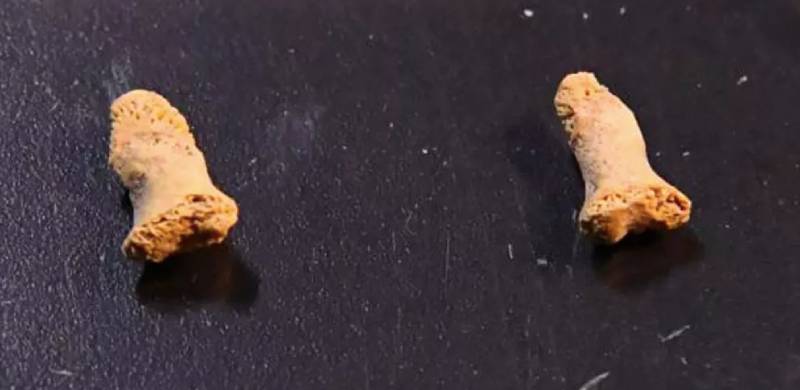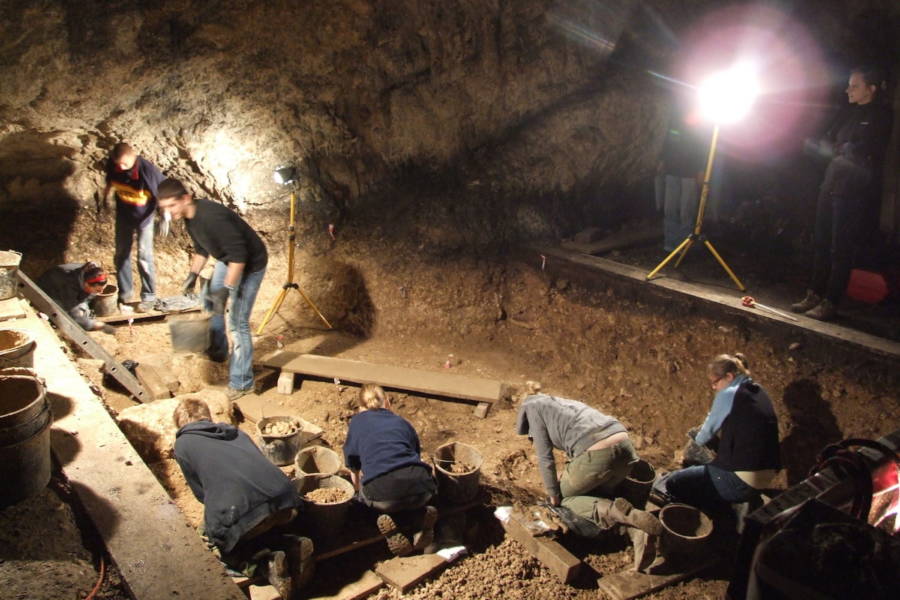
A team of researchers in Poland came across a pair of Neanderthal bones and it is revealed that the owner of the bones had been eaten by a giant bird.
The two finger bones belonged to a Neanderthal child who had died roughly 115,000 years before. This also makes these bones the oldest ever discovered in history. The scientists analyzed the bones and found that the hands were porous because they passed through digestive system of a large bird.

Though the scientist were not sure whether the bird ate the child alive or scavenged of his dead body. However, scientists said that neither of the options could be ruled out at this point.
They said that despite lack of solid information above what exactly happened, it was still a important discovery as it is the first known example from the Ice Age of bones passing through a bird’s digestive system.
During initial collection of samples from Poland, the bones were mixed with animal bones so it took quite long to make the discovery, said the researchers. “It was almost overlooked,” they said, adding that they are fortunate to have found the groundbreaking discovery.

The analysis showed that the child was somewhere between five and seven-years-old when he died. The bones are tiny, less than one centimeter long, and are poorly preserved.
Neanderthals are also known as close relatives of the modern humans. They appeared some 300,000 years ago but went extinct 35,000 years ago.
The two finger bones belonged to a Neanderthal child who had died roughly 115,000 years before. This also makes these bones the oldest ever discovered in history. The scientists analyzed the bones and found that the hands were porous because they passed through digestive system of a large bird.

Tiny Finger Bones Of Neanderthal Children. Photo: ATI
Though the scientist were not sure whether the bird ate the child alive or scavenged of his dead body. However, scientists said that neither of the options could be ruled out at this point.
They said that despite lack of solid information above what exactly happened, it was still a important discovery as it is the first known example from the Ice Age of bones passing through a bird’s digestive system.
During initial collection of samples from Poland, the bones were mixed with animal bones so it took quite long to make the discovery, said the researchers. “It was almost overlooked,” they said, adding that they are fortunate to have found the groundbreaking discovery.

A team of researchers conducting an excavation in Cave Ciemna. Photo: Pawel Valde Nowak
The analysis showed that the child was somewhere between five and seven-years-old when he died. The bones are tiny, less than one centimeter long, and are poorly preserved.
Neanderthals are also known as close relatives of the modern humans. They appeared some 300,000 years ago but went extinct 35,000 years ago.
